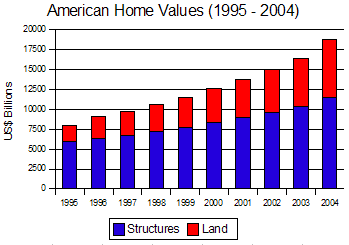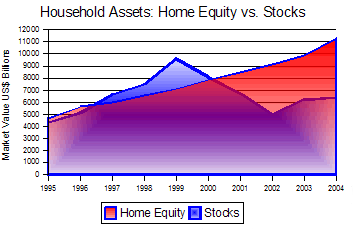Baby Boom Bomb Debate: Productivity vs. Population
by John Schroy filed under Equities, Demographics
The Milken Institute debate that was highlighted in an earlier article, Common Stock Legend Disavowed: Professor Siegel’s Epiphany, brought into focus two opposing views regarding the possible negative impact on stock prices to be caused by the retirement of the Baby Boomer generation.
Michael Milken, the Chairman of the Institute, took an optimistic stance, suggesting that the problem would probably resolve itself through improvements in technology and productivity enhancements.
Linking economic stability and growth to enhanced productivity and new technology is a popular theme among economists, including ex-Federal Reserve Chairman Alan Greenspan.
Productivity and Technology Can’t Save the Baby Boomers
As described in the essay, “Profits and Population“, American economic growth over the last fifty years has had more to do with the expansion of the number of people working in the money economy than with advances in technology and productivity.
The initial impact of productivity improvements and new technology is to put people out of work.
Unless government policy and societal customs encourage education, savings and investment, and entrepreneurial activity, higher paying new jobs will not be created fast enough to employ workers displaced by productivity enhancement and new invention.




